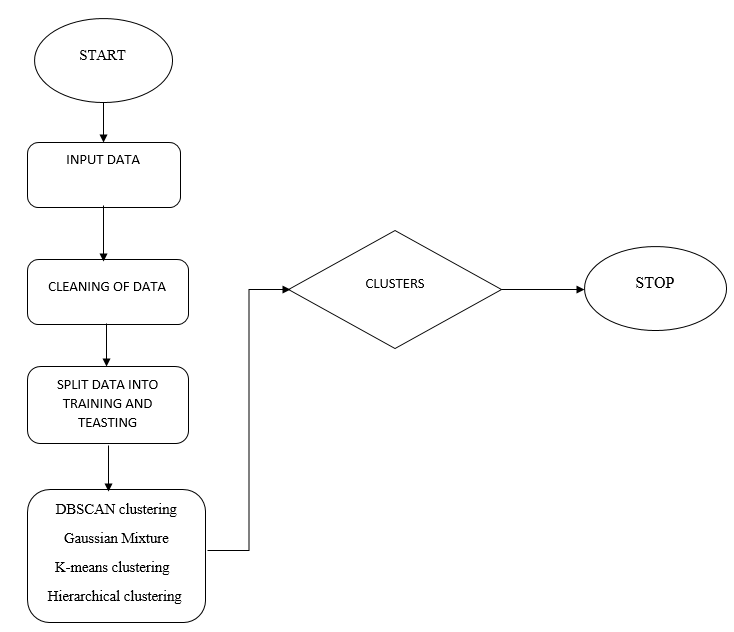Subgroups Of Children with Kawasaki Disease A Data-Driven Cluster Analysis
Objective
The objective of this study is to perform a data-driven cluster analysis within subgroups of children diagnosed with Kawasaki Disease. Through this analysis, we aim to identify distinct patterns and characteristics within the patient population, allowing for a deeper understanding of the disease's heterogeneity. By categorizing patients into meaningful clusters based on clinical and demographic data, we seek to enhance personalized treatment strategies, improve diagnostic accuracy, and ultimately contribute to better outcomes for children affected by Kawasaki Disease.
Abstract
Kawasaki disease, a prominent acute vasculitis in pediatric populations, stands as a leading contributor to acquired cardiovascular ailments among children in high-income nations. Initially characterized in 1967 based on clinical presentations such as fever, mucocutaneous inflammation, and lymphadenopathy, it has since revealed itself as a multifaceted condition. Coronary artery aneurysms, recognized as its most worrisome complication, underscore the significance of understanding its diverse manifestations. Although the precise pathogenesis remains elusive, a intricate interplay between genetic predisposition and environmental triggers is strongly implicated. Recent insights suggest that Kawasaki disease is far from a uniform entity, manifesting substantial heterogeneity. Notably, a multitude of clinical features across seven major organ systems, previously unaccounted for, have been identified. Additionally, varied risks of coronary artery aneurysms have been linked to factors such as age, ethnicity, gender, inflammation markers, and early coronary dilation. Furthermore, a comprehensive multiomic study in 2021 unveiled distinct transcriptomic and proteomic profiles categorizing Kawasaki disease patients into three distinct groups, indicating diverse host responses shaped by different triggers interacting with unique genetic backgrounds. In clinical practice, patients are classified as complete or incomplete Kawasaki disease based on diagnostic criteria. To enhance clinical management, risk prognosis for coronary artery aneurysms, and unravel pathophysiological nuances, we embarked on an unsupervised, data-driven cluster analysis. This approach aims to delineate Kawasaki disease subgroups, shedding light on their distinct characteristics and underlying biological mechanisms. By delving into the intricacies of this condition, we hope to pave the way for more precise patient care and deeper scientific exploration.
KEYWORDS: K-Means Clustering, Hierarchical Clustering, DBSCAN clustering, Gaussian Mixture Machine Learning, ML techniques.NOTE: Without the concern of our team, please don't submit to the college. This Abstract varies based on student requirements.
Block Diagram

Specifications
H/W CONFIGURATION:
Processor - I3/Intel Processor
Hard Disk - 160GB
Key Board - Standard Windows Keyboard
Mouse - Two or Three Button Mouse
Monitor - SVGA
RAM - 8GB
S/W CONFIGURATION:
Operating System : Windows 7/8/10
Server side Script : HTML, CSS, Bootstrap & JS
Programming Language : Python
Libraries : Flask, Pandas, Mysql.connector, Os, Smtplib, Numpy
IDE/Workbench : PyCharm or VS Code
Technology : Python 3.6+
Server Deployment : Xampp Server






 Paper Publishing
Paper Publishing
